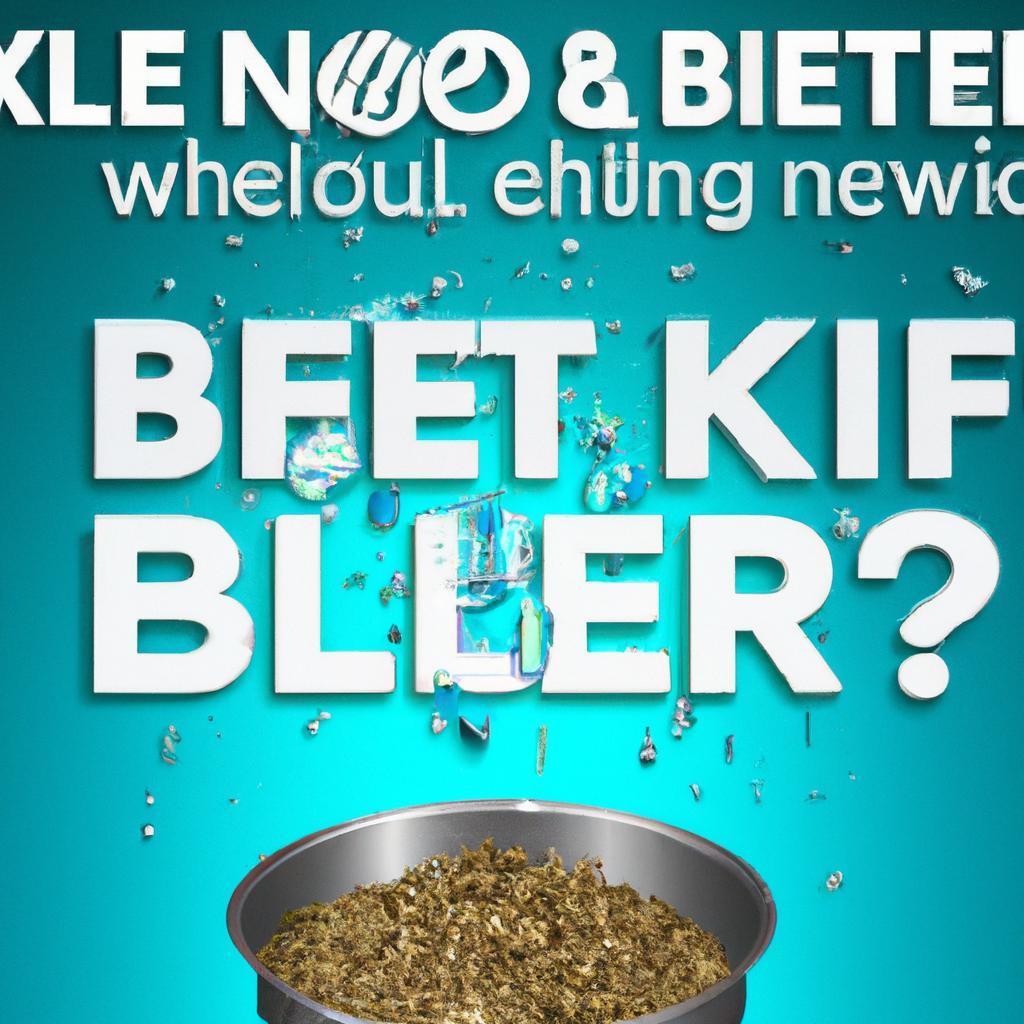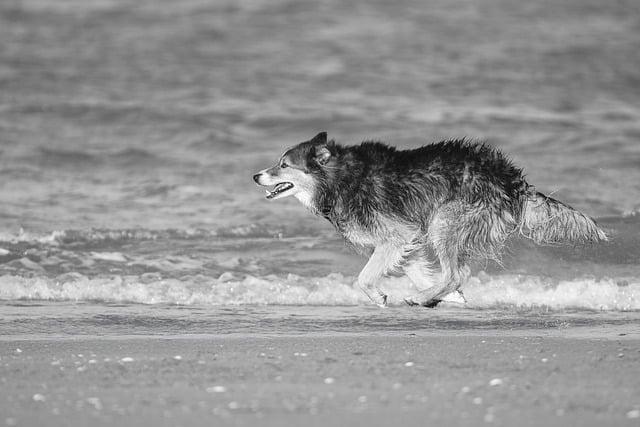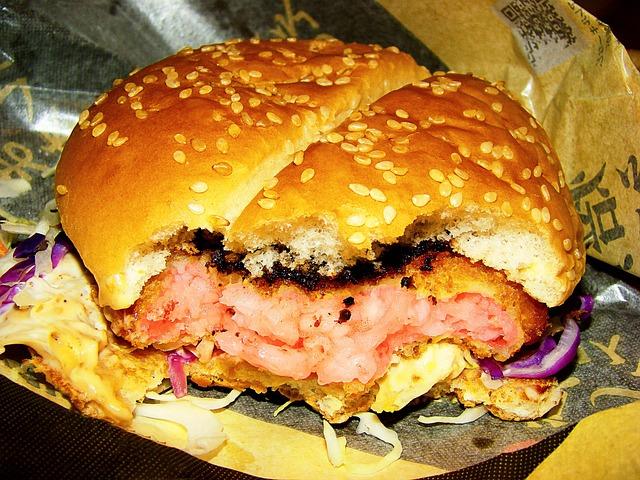In a cozy kitchen, a dog named Max eagerly awaited his dinner. His owner, Sarah, faced a dilemma: kibble or wet food? She remembered the vet’s advice about kibble’s dental benefits, helping to scrape away plaque and keep Max’s teeth healthy. Yet, she also recalled how wet food kept him hydrated and was often more palatable. After careful consideration, Sarah decided to mix both, ensuring Max enjoyed the crunch while reaping the moisture benefits. Ultimately, a balanced approach can provide the best of both worlds for our furry friends.
Contents
- The Nutritional Benefits of Kibble Versus Wet Food for Optimal Pet Health
- Understanding the Digestive Impact of Kibble and Wet Food on Your Pet
- Cost-Effectiveness and Convenience: Evaluating Kibble and Wet Food Options
- Making the Right Choice: Tailoring Your Pets Diet to Their Unique Needs
- Q&A
The Nutritional Benefits of Kibble Versus Wet Food for Optimal Pet Health
When it comes to choosing the right diet for your furry friend, understanding the nutritional benefits of different food types is crucial. Kibble, often praised for its convenience and shelf stability, typically contains a balanced mix of proteins, carbohydrates, and fats. Many brands fortify their kibble with essential vitamins and minerals, ensuring that your pet receives a comprehensive nutrient profile in every bite. This dry food option also promotes dental health by reducing plaque and tartar buildup, which can lead to healthier gums and fresher breath.
On the other hand, wet food offers a different set of advantages that can be equally beneficial for your pet’s health. The high moisture content in canned food can be particularly advantageous for pets that may not drink enough water, helping to maintain proper hydration levels. Additionally, wet food is often more palatable, making it an excellent choice for picky eaters or pets with dental issues that struggle with harder kibble. The rich flavors and aromas can entice even the most finicky of pets, ensuring they receive the nutrition they need.
Another important aspect to consider is the digestibility of each food type. Kibble is designed to be nutrient-dense, which means that pets may require smaller portions compared to wet food. However, some pets may find wet food easier to digest, especially those with sensitive stomachs or specific health conditions. The softer texture of wet food can be gentler on the digestive system, allowing for better nutrient absorption and overall gastrointestinal health.
Ultimately, the choice between kibble and wet food may depend on your pet’s individual needs, preferences, and health conditions. Many pet owners find success in combining both types of food, creating a balanced diet that leverages the strengths of each. By offering a variety of textures and flavors, you can keep mealtime exciting while ensuring your pet receives a well-rounded diet that supports their overall health and well-being.
Understanding the Digestive Impact of Kibble and Wet Food on Your Pet
When it comes to your pet’s diet, understanding the digestive impact of different food types is crucial. Kibble, often praised for its convenience and shelf stability, can have varying effects on your pet’s digestive system. The dry texture of kibble requires more chewing, which can promote dental health but may also lead to quicker consumption, potentially causing digestive upset. Additionally, the high carbohydrate content in many kibble brands can lead to increased fermentation in the gut, resulting in gas and discomfort for some pets.
On the other hand, wet food offers a different set of benefits that can positively influence digestion. The moisture content in canned food can aid in hydration, especially for pets that may not drink enough water. This hydration can help facilitate smoother digestion and nutrient absorption. Furthermore, wet food is often more palatable, encouraging pets to eat, which is particularly beneficial for those with sensitive stomachs or specific dietary needs.
Another aspect to consider is the ingredient quality and formulation. Many premium wet food options are rich in protein and contain fewer fillers compared to kibble. This higher protein content can lead to better muscle maintenance and overall health, while also being easier on the digestive system. Pets that struggle with food sensitivities may find that wet food, with its simpler ingredient lists, is less likely to trigger adverse reactions.
Ultimately, the choice between kibble and wet food should be informed by your pet’s individual health needs and preferences. Consulting with a veterinarian can provide tailored advice, ensuring that your pet receives the most suitable diet for optimal digestive health. By understanding the nuances of each food type, you can make an informed decision that supports your pet’s well-being and happiness.
Cost-Effectiveness and Convenience: Evaluating Kibble and Wet Food Options
When it comes to choosing between kibble and wet food, cost-effectiveness is a significant factor for many pet owners. Kibble generally offers a more budget-friendly option, often providing a higher quantity of food for a lower price. This can be particularly appealing for those with larger dogs or multiple pets. Additionally, the longer shelf life of kibble means less frequent trips to the store and reduced waste, making it a practical choice for busy households.
On the other hand, wet food can sometimes justify its higher price tag through its nutritional benefits. Many wet food options contain higher protein content and fewer fillers, which can lead to better overall health for your pet. This can translate into fewer vet visits and lower long-term health costs, making wet food a potentially wise investment for your pet’s well-being. Moreover, the palatability of wet food often encourages picky eaters to consume their meals, ensuring they receive the necessary nutrients.
Convenience is another critical aspect to consider. Kibble is easy to store, measure, and serve, making it an ideal choice for those with hectic lifestyles. Its dry nature means it can be left out for longer periods without spoiling, allowing pets to graze throughout the day. In contrast, wet food requires refrigeration after opening and has a shorter shelf life, which may not suit every pet owner’s routine. However, the ease of serving wet food can be a major plus for those who prefer to provide their pets with a more varied diet.
Ultimately, the decision between kibble and wet food should be based on a combination of factors, including your pet’s specific needs, your budget, and your lifestyle. Both options have their unique advantages, and understanding these can help you make an informed choice. Whether you lean towards the cost-effectiveness and convenience of kibble or the nutritional benefits of wet food, the best option is the one that aligns with your pet’s health and your personal circumstances.
Making the Right Choice: Tailoring Your Pets Diet to Their Unique Needs
When it comes to choosing the right food for your pet, understanding their individual needs is paramount. Both kibble and wet food have their advantages, but the best choice often depends on factors such as your pet’s age, health, and lifestyle. For instance, puppies and kittens may benefit from the higher moisture content found in wet food, which can aid in hydration and digestion. Conversely, adult pets may thrive on the convenience and dental benefits of kibble, which can help reduce plaque buildup.
Another critical aspect to consider is your pet’s specific health requirements. Pets with certain medical conditions, such as kidney disease or obesity, may require tailored diets that either kibble or wet food can provide. **Wet food** is often recommended for pets needing to increase their water intake, while **kibble** can be beneficial for those needing to manage their weight due to its lower calorie density. Consulting with your veterinarian can help you determine the most suitable option based on your pet’s health profile.
Additionally, the palatability of the food plays a significant role in your pet’s overall satisfaction and willingness to eat. Many pets find wet food more appealing due to its aroma and texture, which can be particularly important for picky eaters or those recovering from illness. On the other hand, kibble can be more convenient for pet owners, offering a longer shelf life and ease of storage. It’s essential to observe your pet’s preferences and reactions to different food types to ensure they enjoy their meals.
Ultimately, the decision between kibble and wet food should be based on a holistic view of your pet’s unique needs. Consider factors such as their age, health conditions, and personal preferences. You might even find that a combination of both kibble and wet food provides the best balance for your furry friend, offering variety and ensuring they receive a well-rounded diet. By tailoring their diet to their specific requirements, you can help promote their overall health and happiness.
Q&A
-
What are the nutritional differences between kibble and wet food?
Kibble typically contains a higher concentration of carbohydrates and is often fortified with vitamins and minerals. Wet food, on the other hand, usually has a higher moisture content, which can aid in hydration. Both can provide balanced nutrition, but the choice depends on your pet’s specific dietary needs.
-
Is kibble more convenient than wet food?
Yes, kibble is generally more convenient. It has a longer shelf life, requires no refrigeration, and is easier to measure and serve. This makes it an ideal option for busy pet owners who want to ensure their pets are fed consistently without the hassle of preparing wet food.
-
Does kibble promote better dental health compared to wet food?
Kibble can help reduce plaque and tartar buildup due to its crunchy texture, which encourages chewing. While wet food can be beneficial for hydration, it does not provide the same dental benefits. Therefore, incorporating kibble into your pet’s diet may support better oral health.
-
Can kibble be more cost-effective than wet food?
Absolutely. Kibble is often more affordable than wet food, allowing pet owners to feed their pets a balanced diet without breaking the bank. Additionally, the longer shelf life of kibble means less waste and more value for your money.
while both kibble and wet food have their merits, the choice ultimately depends on your pet’s specific needs and preferences. Prioritize quality ingredients and consult your veterinarian to ensure your furry friend thrives on the best diet for them.

大家好,我是彼得潘,專業的手法身體治療師。我喜歡探索和研究各種主題,並透過與人工智慧的合作分享專業、實用、有趣的文章。我們定期進行人工審核,以確保內容的準確性。如果您發現文章中有任何不準確的地方,請隨時與我們聯繫,我們會及時糾正。您可以透過 [email protected] 與我們聯繫。



